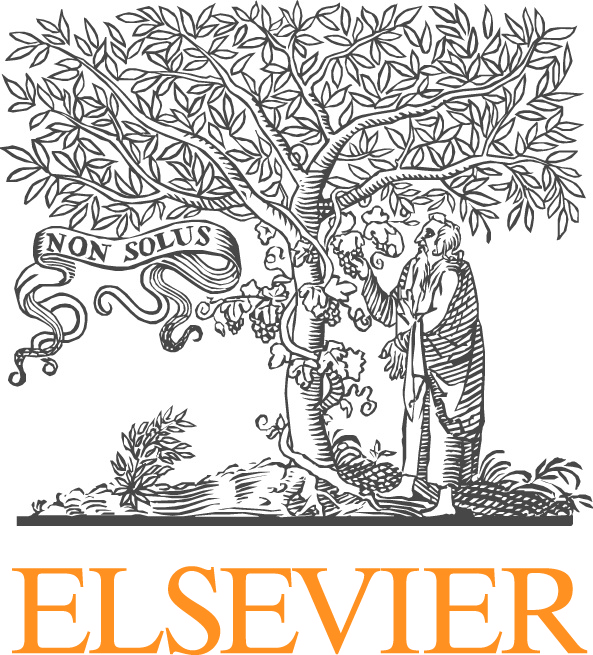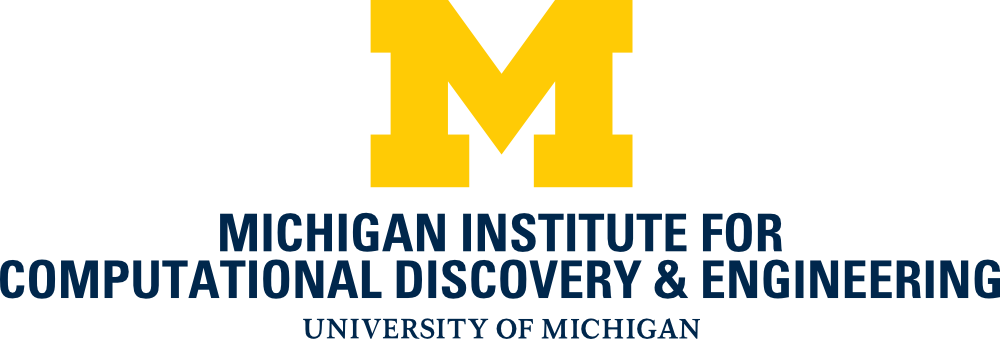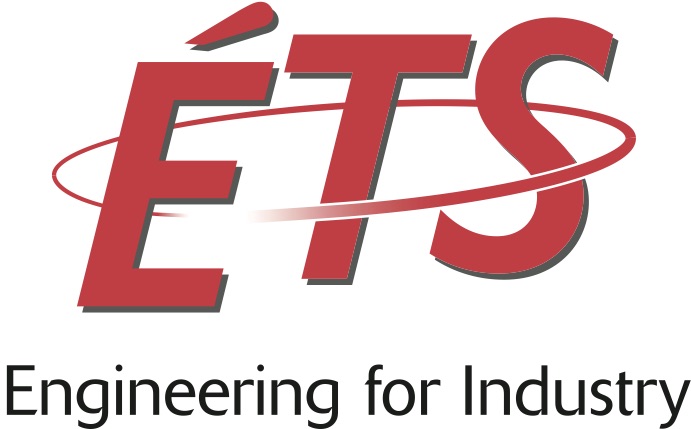Uncertainty Quantification and Stochastic Modeling in Biological Systems
Alison Marsden, Stanford University
Daniele Schiavazzi, University of Notre Dame
Andrew Kahn, University of California at San Diego
While quantitative modeling has had a long tradition in engineering, it is now a topic of increasing interest in biological systems and biomedicine due to the richness of multi-physics applications, intrinsic complexity of the underlying processes, and interactions across multiple scales of investigation. However, the majority of computational approaches continue to be deterministic, despite growing evidence regarding the role of uncertainties in model predictions. Parameter selection is a key step in every modeling effort, and characterization of identifiability of these parameters and sensitivity of model results to their variation is an increasingly important part of the modeling process. Moreover, it is often the case that phenomena of interest can be understood only in a probabilistic sense or that the uncertainty associated with model predictions needs to be quantified as a solution of a direct or inverse problem in uncertainty analysis, or by accounting for the stochastic nature of the interaction between scales. These issues are particularly pressing in the context of biological and medical applications, where data collection and imaging produces noisy model inputs, and physiologic variability due to living systems is ubiquitous. These conditions lead to unique challenges in combining traditional modeling approaches with methods to handle uncertainties. This minisymposium brings together experts in deterministic and stochastic modeling of a wide variety of biological and biomedical processes. This includes, but is not limited to, models for respiratory physiology, growth and remodeling of biological tissue, coagulation processes, cardiovascular hemodynamics, cardiac mechanics and electrophysiology.
This session aims to include investigations on the behavior of these systems at various scales, e.g., from the organ to the cellular levels, together with advances in numerical methodology specific to these problems.







